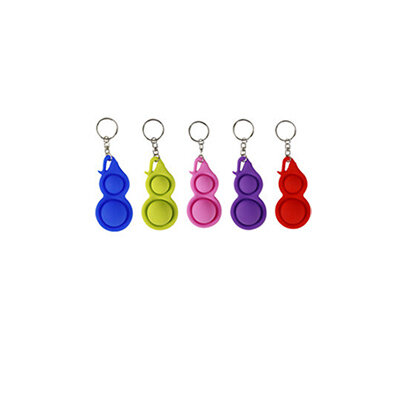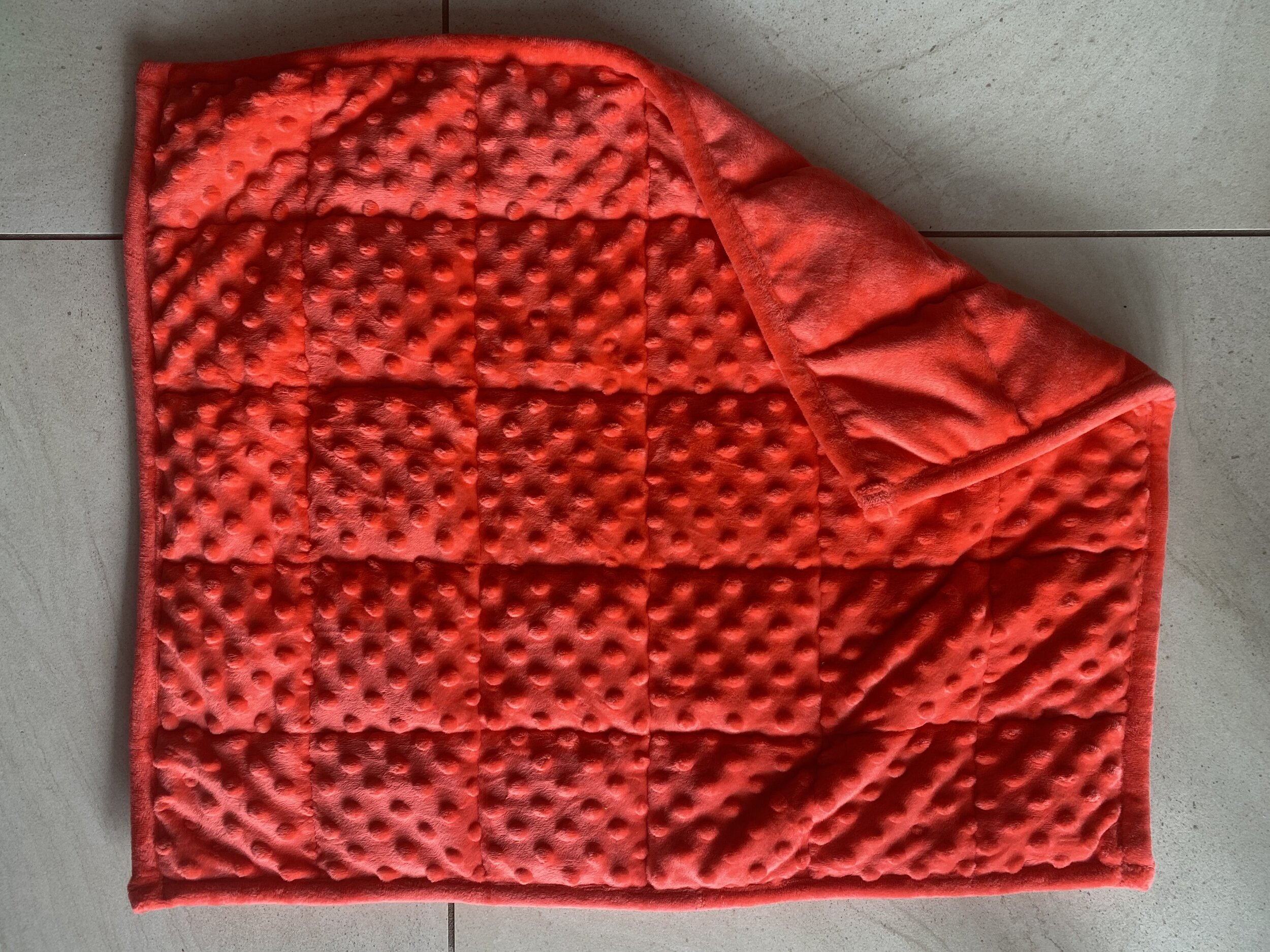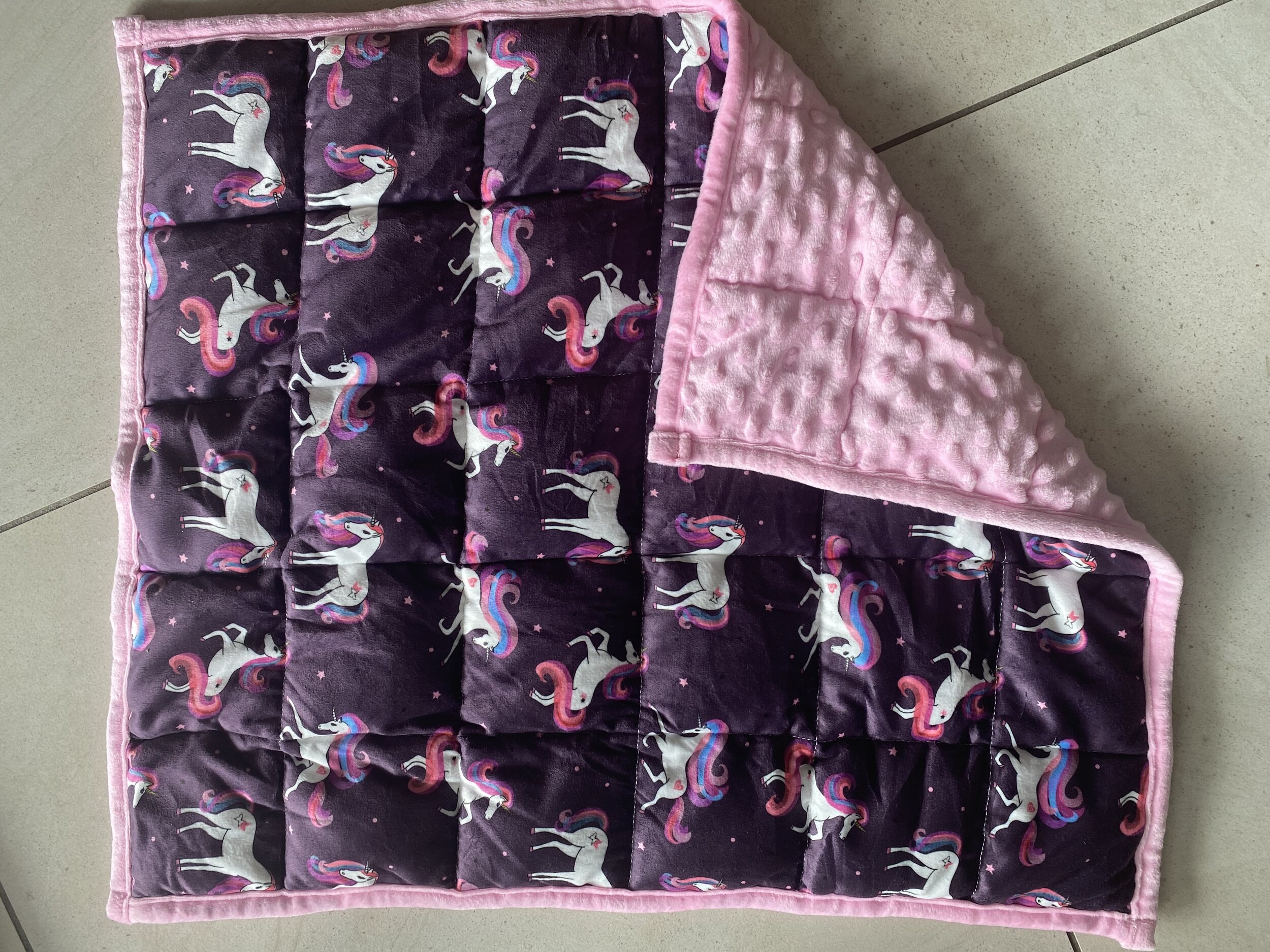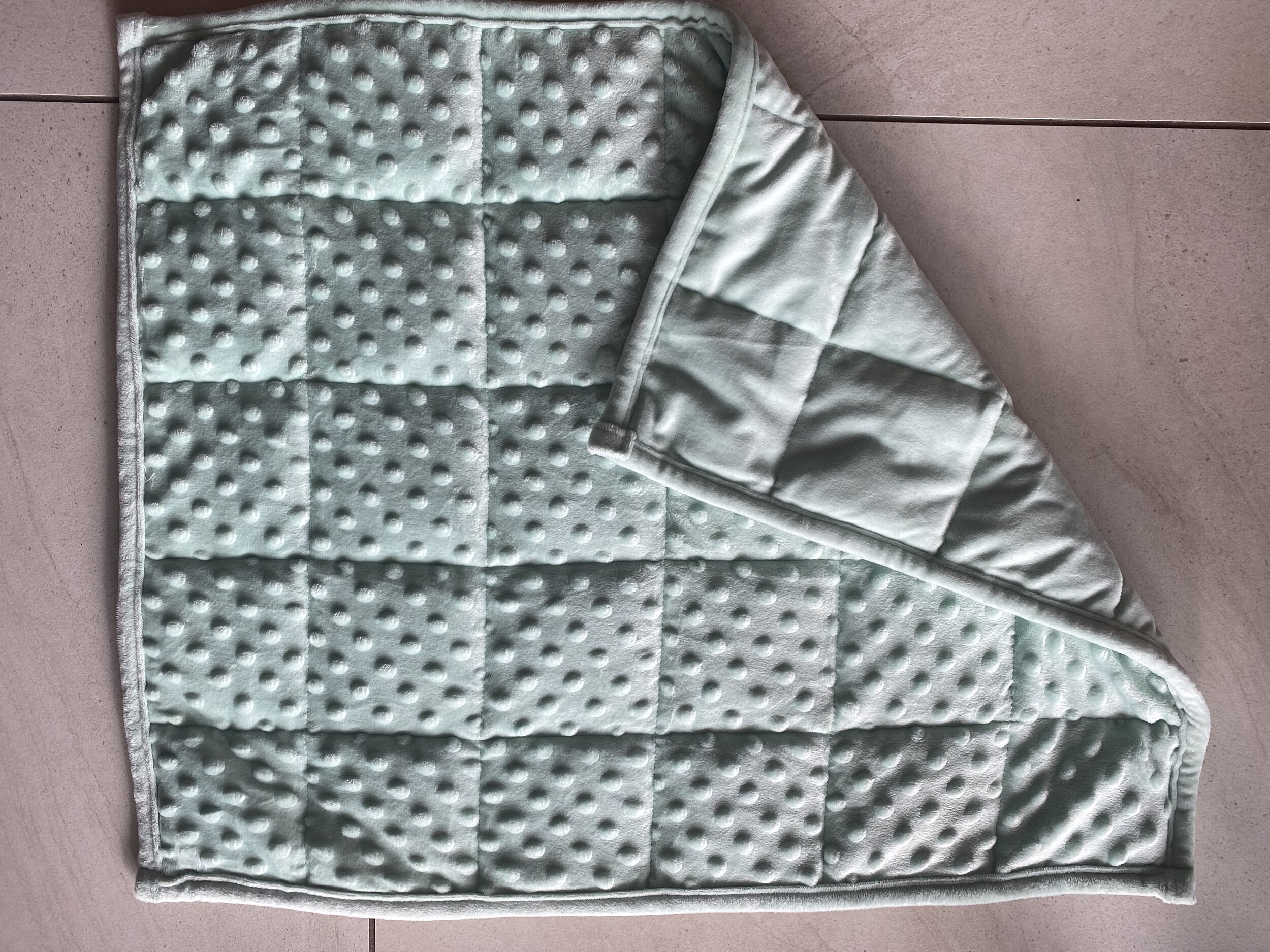 Image 1 of 18
Image 1 of 18

 Image 2 of 18
Image 2 of 18

 Image 3 of 18
Image 3 of 18

 Image 4 of 18
Image 4 of 18

 Image 5 of 18
Image 5 of 18

 Image 6 of 18
Image 6 of 18

 Image 7 of 18
Image 7 of 18

 Image 8 of 18
Image 8 of 18

 Image 9 of 18
Image 9 of 18

 Image 10 of 18
Image 10 of 18

 Image 11 of 18
Image 11 of 18

 Image 12 of 18
Image 12 of 18

 Image 13 of 18
Image 13 of 18

 Image 14 of 18
Image 14 of 18

 Image 15 of 18
Image 15 of 18

 Image 16 of 18
Image 16 of 18

 Image 17 of 18
Image 17 of 18

 Image 18 of 18
Image 18 of 18



















Therapy Putty
Squeeze, pinch, stretch, twist or knead your way to reduced stress and improved finger and hand strength with a tub of Therapy Putty.
Perfect for developing fine motor skills for all ages, as well as a rehab product for all ages.
Our Occupational Therapists report successful results with many clients, and each colour coded putty has a different consistency for strengthening the weakest grasp to developing a stronger grip.
There are many ways to use Therapy Putty to build your hand strength and fine motor skills, such as by adding small items to the putty.
It is portable (i.e., easy to keep in a pencil case or desk drawer), reasonably priced, relatively mess free, and lots of fun to use and play with.
Importance of Developing Hand Strength
Developing hand strength is an extremely important area of development. Think about how we need our hands during daily activities, such as holding a cup or pencil, brushing our hair or teeth, dressing, writing, climbing, playing ball games with friends, or riding our scooter or bike. We often talk about ways to improve our gross motor strength; however, our fine motor strength is just as important.
Here are some ideas from our Occupational Therapists:
1) Deep Pressure. Squeezing and manipulating the putty provides the sensory input some of us need when feeling stressed or distracted from the task at hand.
2) Finding Small objects. A fun activity which builds hand strength and develops fine motor and coordination skills. Using small toys, beads or charms (which can take a bit of effort to find as they are smaller) can be a great therapeutic activity. Add some additional fun by using a timer to see who can find all of their hidden objects the fastest.
3) Make Confetti. Excellent for helping the pincer grip, which is essential for using scissors, using their hands to eat and holding pencils, and building overall hand strength. Simply encourage a child to make as much confetti as they can by using the tip of their thumb and index fingers to break up their putty. Then cleverly use the last piece of putty to pick up all the other pieces to roll back into a ball.
4) Play Scenes. Also great for developing creativity with other play. Smooth putty across a tray or bench top to use as a base for LEGO or other figurine play.
5) Making a Snake. Just like with play dough, the child rolls their putty into the shape of a snake and can then twist it into other shapes to help with dexterity.
6) Making a Sausage. After rolling the putty into the shape of a sausage, they can also use the tip of their thumb and index fingers to start pinching with the fingers held vertically above the putty. They can continue to pinch the entire sausage and make more sausages and repeat the above with the tip of their thumb and the next finger (until all fingers have pinched the sausage putty.
7) Making Donuts. After rolling the putty into the shape of a sausage fasten the ends together to form a doughnut. Place thumb and fingers in the hole and stretch fingers outwards against the putty. Mini doughnuts can be made by Holding the index finger and thumb together and wrapping putty round them to form a doughnut. Stretch the finger away from the thumb. The thumb can be stabilised against a table top. Carry out with the thumb and the next finger (until all fingers (e.g., index, middle, ring and pinkie) have been used.
8) Stamping. An activity to improve fine motor skills, encourage tactile feedback and other skills such as literacy. Letter stamps can be used and even better, attempt to make the words included in your child’s weekly sight words. The stamping action is fun and also provides resistance work to encourage focus and concentration.
9) Smoothing. This activity helps strengthen many hand muscles and provides tactile feedback. Simply, smooth the putty into a contained surface, such as a container lid, or mould (like the ones we use with play dough and magnetic sand).
Once the putty is smoothed out there are many activities you can build to, such as stamping, writing in the putty using a pencil or wooden skewer, or using beads to create pictures and words. These activities involve fine motor skill and dexterity and also develop the pincer grasp.
Also, many different fine motor skills are developed from the action of stamping words and then smoothing them out flat again.
10) Dressing Dolls or Making Animals. Creating clothes for dolls or making animals is not only fun but also involves working hand strength similar to some of the other activities we have mentioned.
11) Making Prints. This is a great idea which also develops social skills. Played in pairs, one player imprints a small household object into a smoothed out piece of putty while the other player isn’t looking. The second player guesses which object made the imprint.
12) Ziplock Bag Fun. Great activity for developing hand strength. Place the putty in a ziplock bag and add sequins for fun sensory play. Encourage your child to push the sequins around to cover them deep inside the putty, or draw a shape on the bag and let your child manipulate the putty to fit into the shape.
Placing the putty in a zip lock bag also works great for children who are over-sensitive towards the feel of putty.
13) Cold Putty Play. By keeping your Putty in the fridge enables extra sensory feedback, especially in the hot summer months.
14) Free Play. Ask your child if they have any fun ideas on how to use their putty and incorporate the activities into their putty therapy. They may like to squish one piece flat to make a pizza and tear off small pieces to act as cheese and other toppings. Or roll it out to create spaghetti snakes and round meatballs. If your child likes animals better, try making a caterpillar, spider, snail, or puppy
SRW Fidget sensory tools can also assist with:
Supporting mental health and reducing anxiety
Emotional regulation and sensory input
Focus and concentration - great study or work tool
Tactile awareness and desensitisation
Hand function – improving fine motor, strength and circulation
Managing stress
Active listening - can increase focus and attention
Reducing unhelpful habits - such as nail biting, smoking, tapping, hair twirling, pen clicking and leg bouncing etc.
Sensory seeking substitution - finding a more socially acceptable outlet for sensory preferences
Therapy Putty Guidelines
Therapy putty is silicone-based and unscented, non-toxic and guaranteed to maintain resistance for one year.
Many Children we see at the clinic use Soft to Medium strength and some require the Firm strength. Many Adults we see use Medium strength to Firm. Most primary school aged children will require either Soft or Medium strengths and can move one strength up or down depending on their unique requirements.
Strengths:
Firm: Blue
Medium: Green
Soft: Red
Extra soft: Yellow
Amount in Each Tub: 80g putty.
Warning: not for children aged 3 or under due to choking hazard
Squeeze, pinch, stretch, twist or knead your way to reduced stress and improved finger and hand strength with a tub of Therapy Putty.
Perfect for developing fine motor skills for all ages, as well as a rehab product for all ages.
Our Occupational Therapists report successful results with many clients, and each colour coded putty has a different consistency for strengthening the weakest grasp to developing a stronger grip.
There are many ways to use Therapy Putty to build your hand strength and fine motor skills, such as by adding small items to the putty.
It is portable (i.e., easy to keep in a pencil case or desk drawer), reasonably priced, relatively mess free, and lots of fun to use and play with.
Importance of Developing Hand Strength
Developing hand strength is an extremely important area of development. Think about how we need our hands during daily activities, such as holding a cup or pencil, brushing our hair or teeth, dressing, writing, climbing, playing ball games with friends, or riding our scooter or bike. We often talk about ways to improve our gross motor strength; however, our fine motor strength is just as important.
Here are some ideas from our Occupational Therapists:
1) Deep Pressure. Squeezing and manipulating the putty provides the sensory input some of us need when feeling stressed or distracted from the task at hand.
2) Finding Small objects. A fun activity which builds hand strength and develops fine motor and coordination skills. Using small toys, beads or charms (which can take a bit of effort to find as they are smaller) can be a great therapeutic activity. Add some additional fun by using a timer to see who can find all of their hidden objects the fastest.
3) Make Confetti. Excellent for helping the pincer grip, which is essential for using scissors, using their hands to eat and holding pencils, and building overall hand strength. Simply encourage a child to make as much confetti as they can by using the tip of their thumb and index fingers to break up their putty. Then cleverly use the last piece of putty to pick up all the other pieces to roll back into a ball.
4) Play Scenes. Also great for developing creativity with other play. Smooth putty across a tray or bench top to use as a base for LEGO or other figurine play.
5) Making a Snake. Just like with play dough, the child rolls their putty into the shape of a snake and can then twist it into other shapes to help with dexterity.
6) Making a Sausage. After rolling the putty into the shape of a sausage, they can also use the tip of their thumb and index fingers to start pinching with the fingers held vertically above the putty. They can continue to pinch the entire sausage and make more sausages and repeat the above with the tip of their thumb and the next finger (until all fingers have pinched the sausage putty.
7) Making Donuts. After rolling the putty into the shape of a sausage fasten the ends together to form a doughnut. Place thumb and fingers in the hole and stretch fingers outwards against the putty. Mini doughnuts can be made by Holding the index finger and thumb together and wrapping putty round them to form a doughnut. Stretch the finger away from the thumb. The thumb can be stabilised against a table top. Carry out with the thumb and the next finger (until all fingers (e.g., index, middle, ring and pinkie) have been used.
8) Stamping. An activity to improve fine motor skills, encourage tactile feedback and other skills such as literacy. Letter stamps can be used and even better, attempt to make the words included in your child’s weekly sight words. The stamping action is fun and also provides resistance work to encourage focus and concentration.
9) Smoothing. This activity helps strengthen many hand muscles and provides tactile feedback. Simply, smooth the putty into a contained surface, such as a container lid, or mould (like the ones we use with play dough and magnetic sand).
Once the putty is smoothed out there are many activities you can build to, such as stamping, writing in the putty using a pencil or wooden skewer, or using beads to create pictures and words. These activities involve fine motor skill and dexterity and also develop the pincer grasp.
Also, many different fine motor skills are developed from the action of stamping words and then smoothing them out flat again.
10) Dressing Dolls or Making Animals. Creating clothes for dolls or making animals is not only fun but also involves working hand strength similar to some of the other activities we have mentioned.
11) Making Prints. This is a great idea which also develops social skills. Played in pairs, one player imprints a small household object into a smoothed out piece of putty while the other player isn’t looking. The second player guesses which object made the imprint.
12) Ziplock Bag Fun. Great activity for developing hand strength. Place the putty in a ziplock bag and add sequins for fun sensory play. Encourage your child to push the sequins around to cover them deep inside the putty, or draw a shape on the bag and let your child manipulate the putty to fit into the shape.
Placing the putty in a zip lock bag also works great for children who are over-sensitive towards the feel of putty.
13) Cold Putty Play. By keeping your Putty in the fridge enables extra sensory feedback, especially in the hot summer months.
14) Free Play. Ask your child if they have any fun ideas on how to use their putty and incorporate the activities into their putty therapy. They may like to squish one piece flat to make a pizza and tear off small pieces to act as cheese and other toppings. Or roll it out to create spaghetti snakes and round meatballs. If your child likes animals better, try making a caterpillar, spider, snail, or puppy
SRW Fidget sensory tools can also assist with:
Supporting mental health and reducing anxiety
Emotional regulation and sensory input
Focus and concentration - great study or work tool
Tactile awareness and desensitisation
Hand function – improving fine motor, strength and circulation
Managing stress
Active listening - can increase focus and attention
Reducing unhelpful habits - such as nail biting, smoking, tapping, hair twirling, pen clicking and leg bouncing etc.
Sensory seeking substitution - finding a more socially acceptable outlet for sensory preferences
Therapy Putty Guidelines
Therapy putty is silicone-based and unscented, non-toxic and guaranteed to maintain resistance for one year.
Many Children we see at the clinic use Soft to Medium strength and some require the Firm strength. Many Adults we see use Medium strength to Firm. Most primary school aged children will require either Soft or Medium strengths and can move one strength up or down depending on their unique requirements.
Strengths:
Firm: Blue
Medium: Green
Soft: Red
Extra soft: Yellow
Amount in Each Tub: 80g putty.
Warning: not for children aged 3 or under due to choking hazard




























































